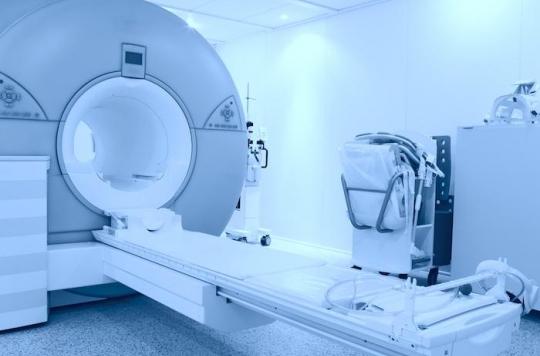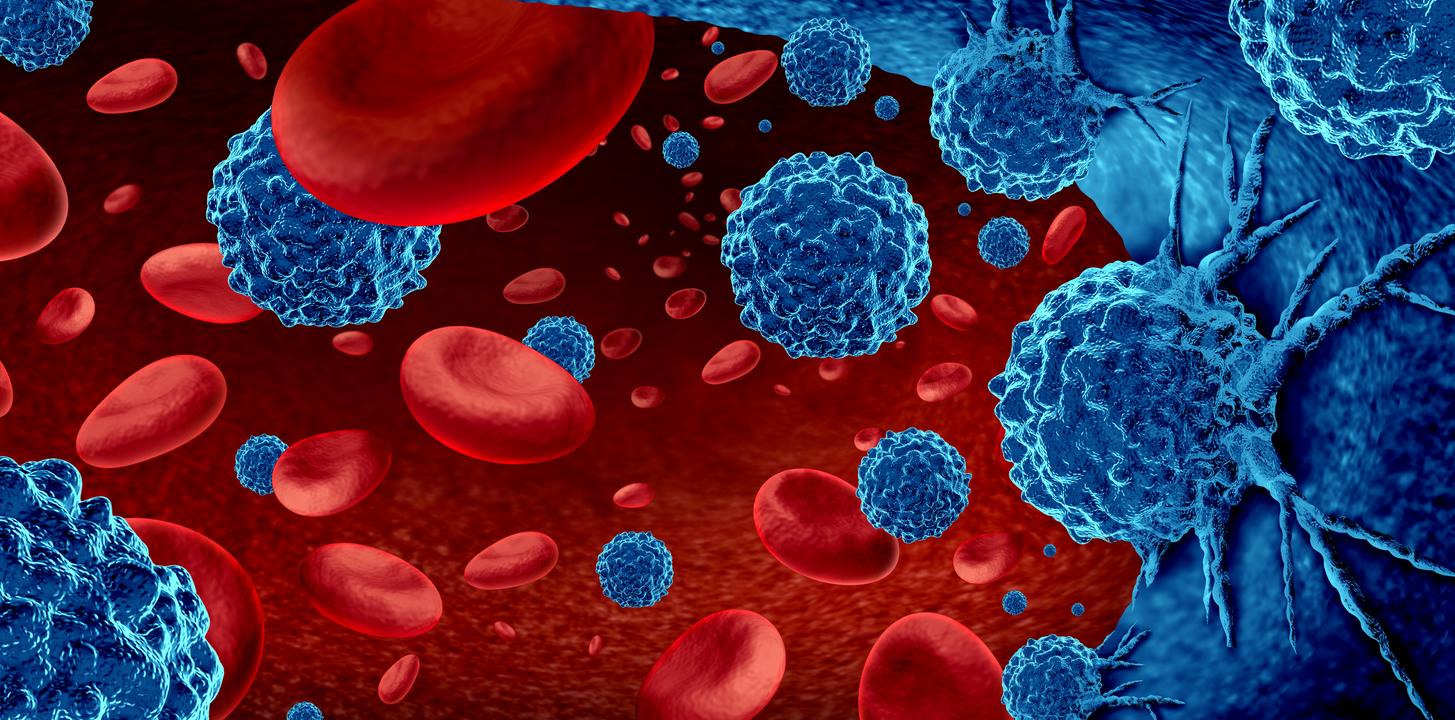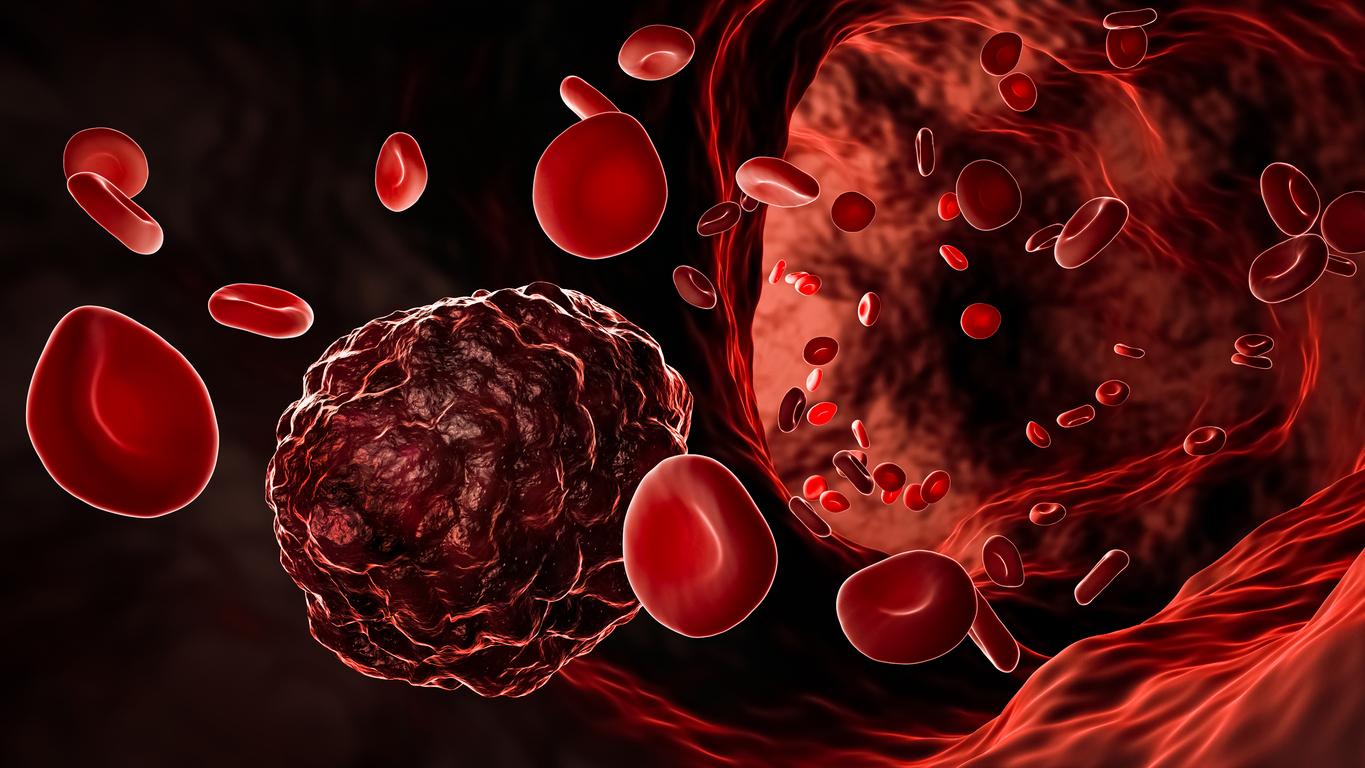The PET scan is a painless and reliable test that can accurately assess the activity of Hodgkin’s disease and reduce chemotherapy in the event of a very good response. With a clear benefit in terms of tolerance.

The PET-scan is a medical imaging technique, which makes it possible to measure in three dimensions the metabolic or molecular activity of an organ or a cancer. It is also an accurate biomarker of the extent and activity of lymphoma in the body.
Its relevance is so strong, in certain studies, that it seems to be the best marker for adapting chemotherapy treatments. And, in particular, to “de-escalate” the current chemotherapies (BEACOPP) which are certainly very effective but not devoid of a certain toxicity. This is what emerges from a study carried out by one of the 2 main world teams of Hodgkin and published in the journal The Lancet.
A benchmark multidrug therapy
Patients with Hodgkin’s disease, a form of cancer of the lymphatic system, are often treated with combination chemotherapy. This is then referred to as “polychemotherapy”. In the case of advanced stage Hodgkin, the very effective reference protocol consists of a series of 8 courses of BEACOPP, a combination of seven drugs (Bleomycin, Etoposide, Doxorubicin, Cyclophosphamide, Vincristine, Procarbazine, Prednisone) at high doses (or “escalated BEACOPP”). Some of these molecules, however, have problematic side effects.
The PET-scan, a relevant biomarker
To conduct this study, the researchers included patients between the ages of 18 and 60 with advanced Hodgkin. All these patients had a PET scan after the first 2 courses of BEACOPP (“PET-2”).
Patients whose PET scan revealed extensive and very active disease after 2 cures (PET-2 positive) received six additional cycles of BEACOPP (i.e. 8 cures in total) or 6 BEACOPP and rituximab (an anti-B lymphocyte antibody ). Patients whose PET scan showed no or almost no disease after 2 courses of BEACOPP (PET-2 negative) were drawn into two groups: the first also had six additional cycles of BEACOPP (normal protocol at 8 cycles), the second had a treatment reduced to 2 cycles (BEACOPP reduced to 4 cures in total). The protocol was then modified according to the first results.
De-escalate treatment
Results: for patients positive on the 2-cycle PET scan, the standard 8-cycle BEACOPP performed equally well at 5 years on progression-free survival as the 8-cycle BEACOPP with rituximab (89.7% versus 88.1%, NS) and it is possible to say that rituximab does not help BEACOPP.
For 2-cycle PET-negative patients, it is possible to reduce the number of treatment cycles to 4, because the 5-year progression-free survival is equivalent to whether there are 4 or 8 cycles (92.2% versus 90.2%, NS). At the same time, the 4-cycle BEACOPP has much fewer side effects at 5 years than the standard BEACOPP, whether in terms of severe infections (8% versus 15%) or organ toxicity (8% versus 18%). Deaths at 5 years are not different between the 2 groups (6 versus 4) and do not testify to an escape of the disease in the “de-escalated” BEACOPP group.
Thus, the BEACOPP confirms to be the reference treatment in Hodgkin’s disease in advanced stage and the addition of an anti-CD20 antibody, rituximab, which works very well in other B lymphomas, does not help BEACOPP. . On the other hand, the PET-scan is proving to be a particularly powerful tool to be able to escalate without risk the treatment in patients with very good responders, and thus to avoid them side effects which are sometimes disabling (pulmonary fibrosis with bleomycin).

.

















